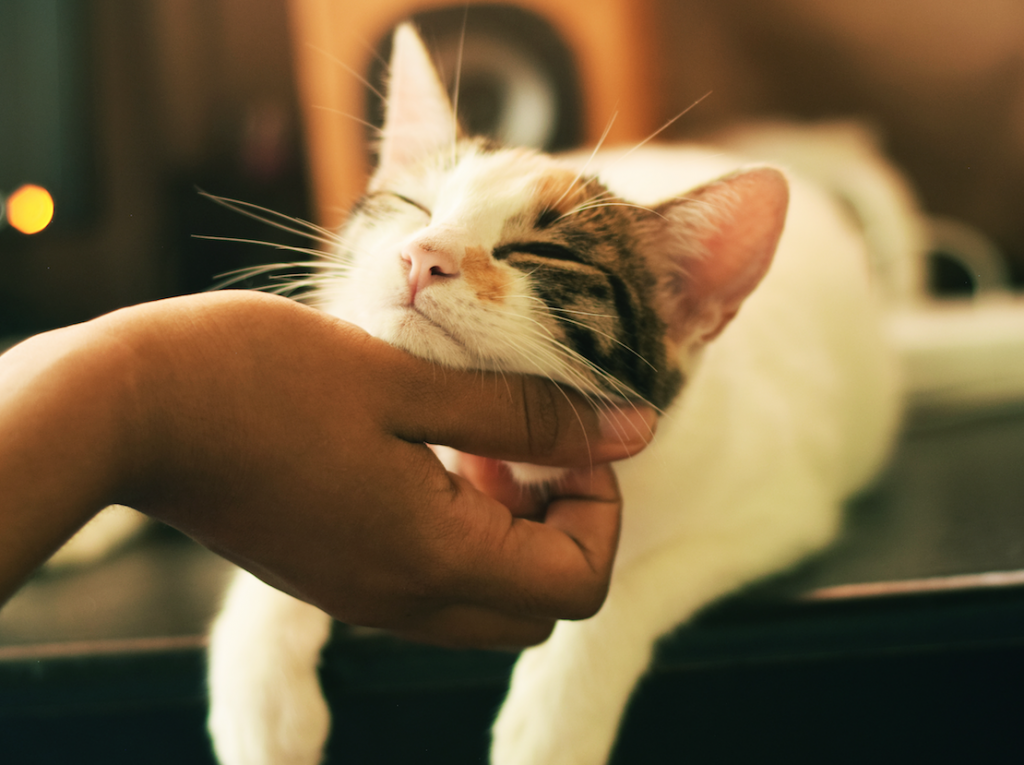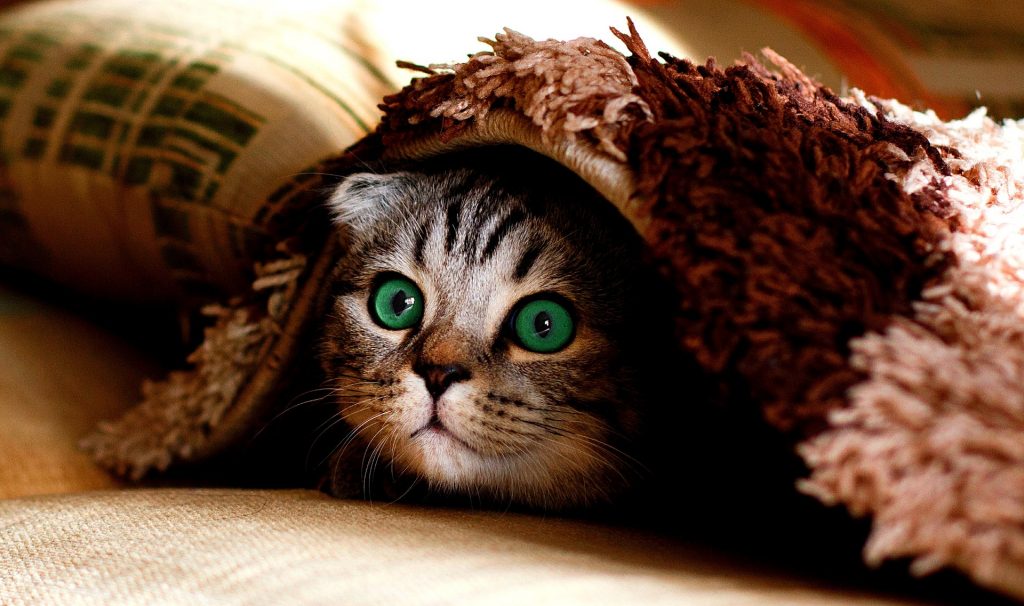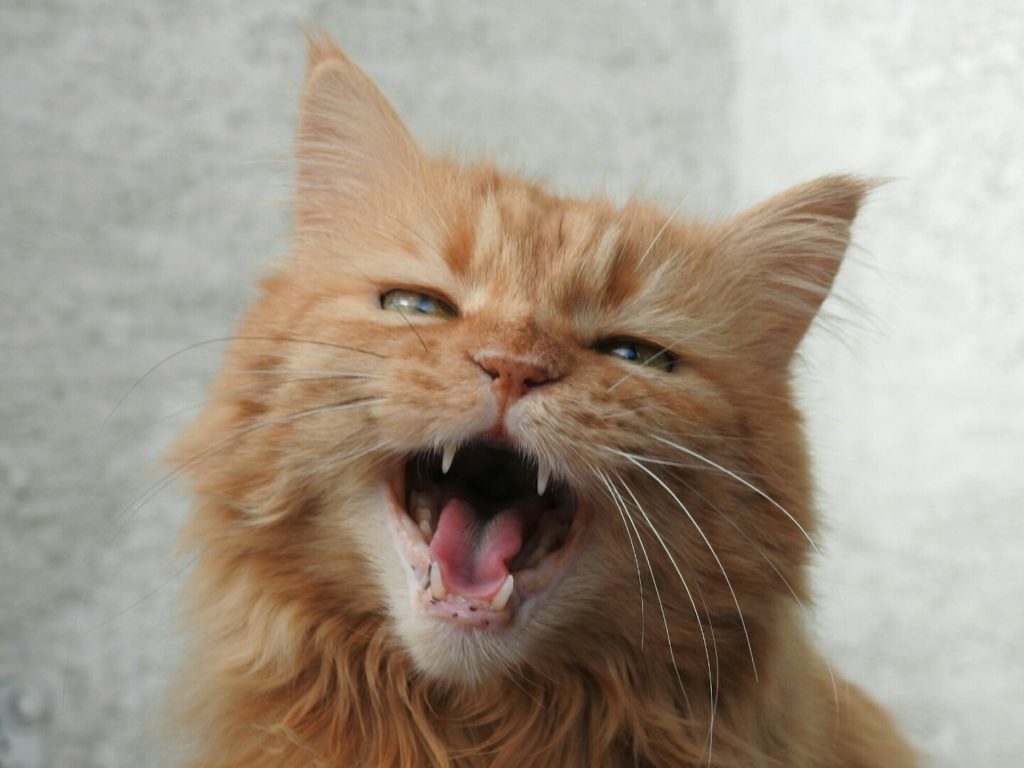When it comes to reading pet behaviour, canine cues often take centre stage…. but what about cat body language?
Understanding how cats communicate through subtle physical signals can help you build a deeper bond with your feline friend and better respond to their emotional needs.
Whether they’re feeling calm, curious, or cautious, cats use their entire bodies to express themselves. From slow blinks to tail twitches, here’s how to interpret the unique signals of cat body language.

The meaning behind their slow blink
Have you ever caught your cat giving you a slow, deliberate blink? This simple gesture holds a lot of meaning in the world of cat body language. When a cat closes its eyes in your presence, it’s a major sign of trust. Slow blinking is a way for cats to say, “I feel safe with you.” 😻
Try returning the gesture with a slow blink of your own. It’s a quiet way to reassure your cat that you feel the same.
What your cat’s tail is telling you
One of the most classic indications of a cat’s mood is their tail. Held high and free, it shows the kitty is feeling confident.
Wrapped around another cat or human’s legs indicates friendliness and, much like their canine friends, tucked underneath them indicates that they are feeling unsure. If your cat’s tail is bolt upright and fluffed up, it’s a sure sign that your cat feels threatened and, if combined with an arched back and hair upright along the spine, it’s a good time for you to back away!
 Their eyes speak volumes
Their eyes speak volumes
In feline communication, eyes play a key role. Unlike dogs, most cats perceive direct eye contact as threatening. This is why cats often approach the one person in the room who’s not actively trying to engage them.
Pay close attention to their pupils: when dilated and wide, they indicate a state of high alert or fear. A cat with wide, bug-like eyes is likely overwhelmed or scared and may need a quiet place to retreat. 🙀 Monitoring eye cues is a helpful part of reading cat body language, especially in unfamiliar or stressful situations.
 Ear position = mood indicator
Ear position = mood indicator
Cat ears are incredibly expressive and offer important insights into their emotional state. Ears that are upright and forward usually signal curiosity or calm interest. If your cat’s ears are flattened sideways or pulled back, it likely means they’re feeling anxious or unsure.
Flat ears pressed tightly against the head are a red flag that your cat feels threatened and could lash out if provoked. This defensive stance is a key warning in cat body language, and it’s best to avoid approaching them until they’ve calmed down. 😾
Their whiskers are working hard
Whiskers do more than just help your cat navigate tight spaces – they’re also an important part of feline communication. The position of your cat’s whiskers can offer subtle but meaningful insight into how they’re feeling.
When your cat is relaxed and at ease, their whiskers will sit loosely to the side. But if you notice the whiskers pointing forward, it usually means your cat is curious, alert, or in hunting mode…possibly zeroing in on a toy (or a bug). On the other hand, whiskers that are pulled back flat against the face can indicate fear, discomfort, or overstimulation. It’s a small detail, but one that adds another layer to interpreting cat body language.
What mouthing off means
While cats aren’t known for expressive mouths like dogs, there are still a few behaviours that are worth noting. If you’ve ever heard your cat chattering while watching birds or insects through a window, you’ve witnessed a fascinating blend of excitement, frustration, and instinct. This rapid jaw movement mimics a hunting bite and shows how strongly tuned into prey your cat’s body language can be (even indoors).😸
You might also see your cat open their mouth and pause after sniffing something unusual. This is part of the Flehmen response, where your cat is using a special organ (called the Jacobson’s organ) to process scent information. It may look odd, but it’s completely normal and just another way your cat explores their world.
 Has all this made it easier to understand cat body language?
Has all this made it easier to understand cat body language?
Cats may not be as obvious as dogs when it comes to expressing themselves, but they communicate just as clearly (if you know what to look for). By tuning into the subtle signs of cat body language, you’ll not only deepen your understanding of your pet but also help create a calmer, more trusting home environment.
Next time you interact with your cat, take a moment to observe their eyes, ears, tail, and even their blink. Their body is always speaking, it’s just a matter of learning the language!
Going away and need someone who understands cat body language, too? Browse over 50,000 Sitters on our platform to find your pet’s perfect match. Find a 5-star Pet Sitter near you >

